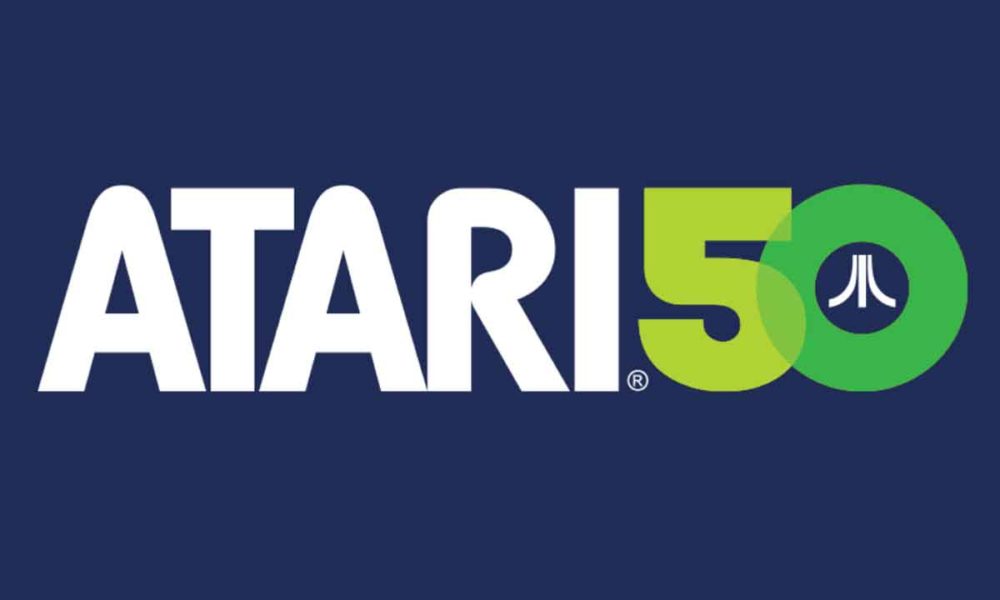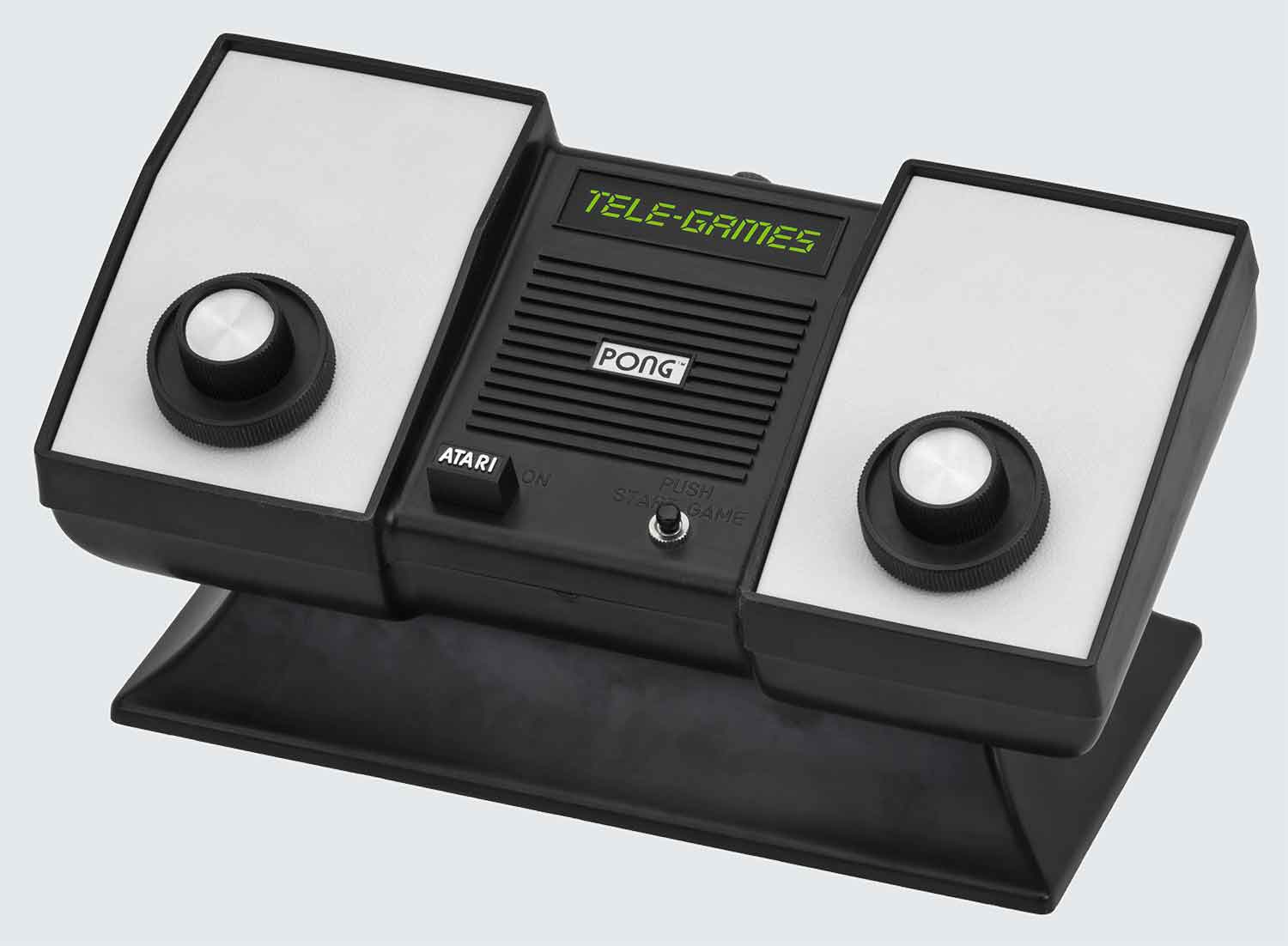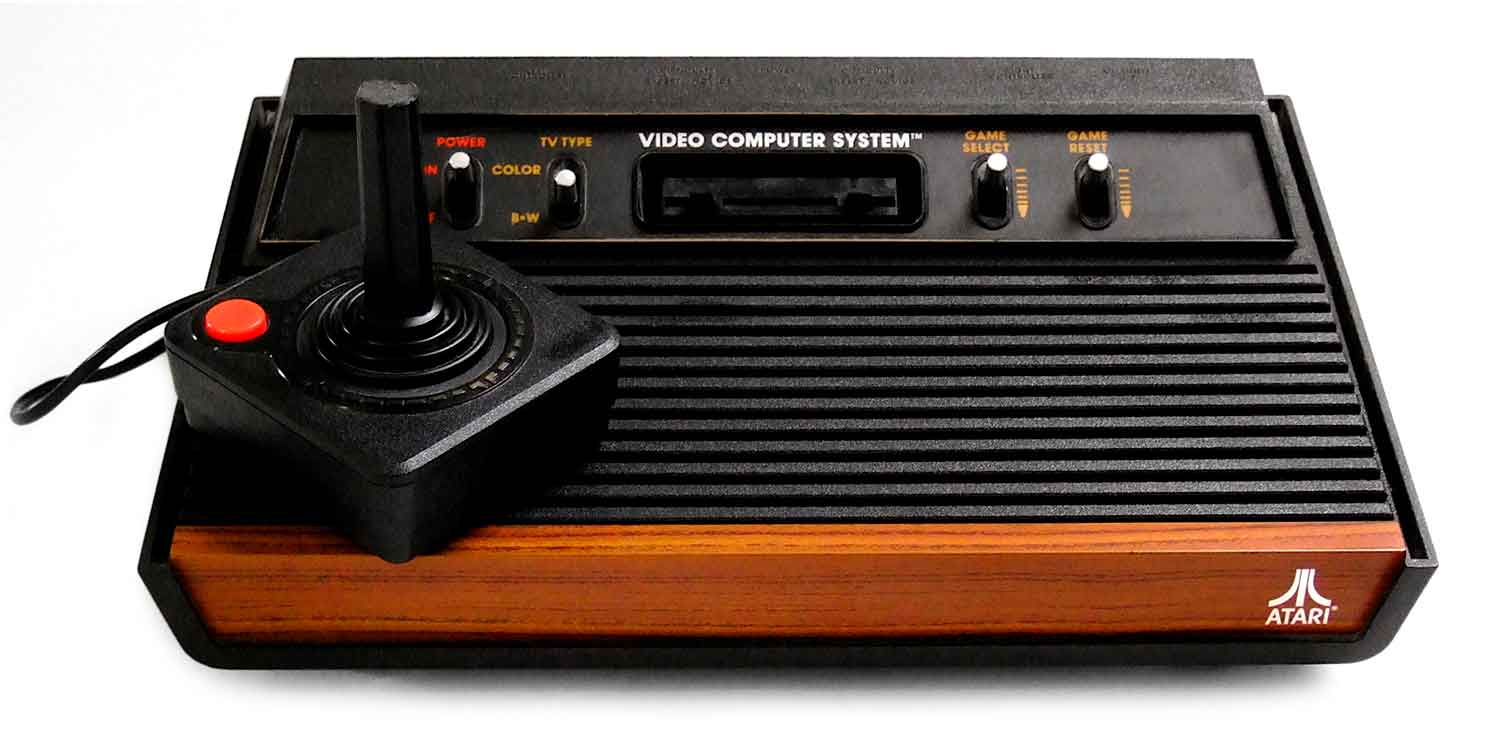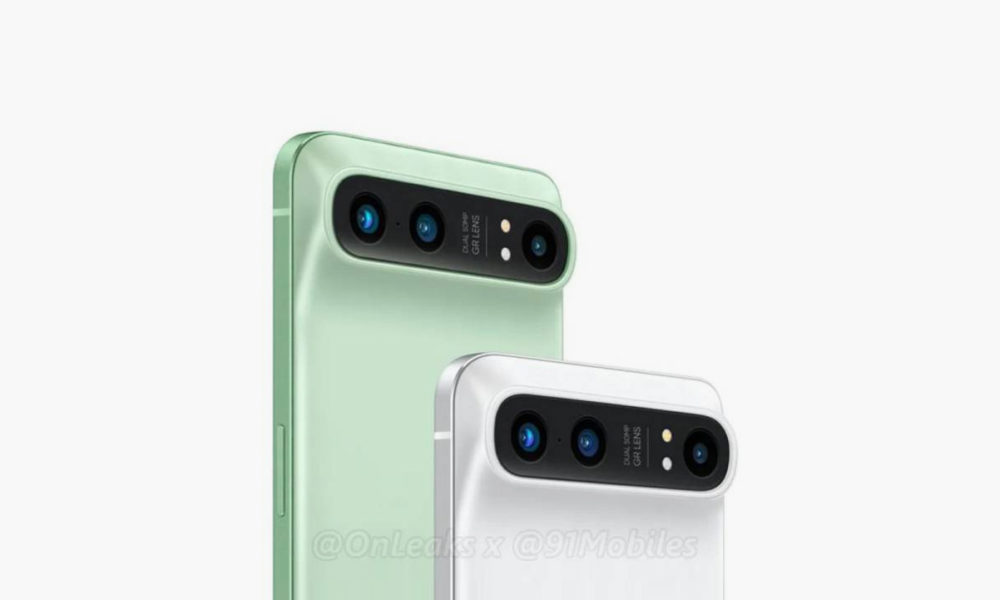
For virtually anyone born between sixty and eighty, Atari is one of those words, one of those names, capable of taking us to a cloud of memories, from times when we were kids or teenagers fascinated by a universe, that of electronics, that was beginning to gain positions in our lives, and that came to completely redefine what we understood as playing. A revolution in which Atari, a historic brand that turns 50 today, had a lot to do with it.
Founded on June 27, 1972 in Sunnyvale, California by Nolan Bushnell and Ted Dabney, Atari played a key role both in the arcade machine sector and in the movement to bring that same playful offer to homes with video consoles. From its early years, beyond corporate movements (such as the sale to the Warner group in 1976), there are two names that shine with their own light. The first is Pong, and the second Atari 2600.
Pong saw the light half a year after the creation of Atari, on November 29, 1972 and, for many, it is the first electronic arcade in history, and the first video game, although later the company had to face a lawsuit, which it lost, against the creators of Magnavox Odyssey, the first console in history. Inspired by table tennis, Pong showed two lines on the sides of the screen and a box that acted as a ball. Each lane was controlled by a potentiometer and the goal was to always return all shots to your opponent.
Like Magnavox, Atari also created a home version of Pong, which achieved great popularity, and for many people it was the first game console that entered their home. Over time, many other manufacturers around the world were “inspired” by the creations of Atari and Magnavox, bringing clones of Pong to virtually every corner of the Earth, some better finished than others. The first one I tried, in the early eighties, had a design problem and, from time to time, the control gave cramp…

Atari’s Pong, released through the SEARS chain in 1975. Image: Evan-Amos
The second name, as I mentioned before, was the Atari 2600. It was not the first home video game console, but it was by far the most successful of the moment1977. Unlike Pong and other similar proposals, in which the game or games were stored in the device’s internal memory, the 2600 used interchangeable cartridges, a format that it popularized and that, for decades, has been very present in this market.
Thanks to the success of the Atari 2600, the brand achieved something coveted by many but achieved by very few, that its name became synonymous with its product category. Until the launch of the NES, but especially its arrival in the European and American markets, which did not take place until the mid-1980s, it was common to use the word Atari to refer to game consoles and, to a lesser extent, also to video games.
The seventies and eighties were very good times for Atari, which was able to maintain its leadership for many years, but like any growing market, began to be populated with new competitors and the situation began to get complicated for the company. These are precisely the times when Bernie Stolar, of whom we published an obituary yesterday, joined the company to try to keep it on the crest of the wave. However, the puncture with the Atari Jaguar, a console ahead of his time, marked the beginning of the end of the company, unable to withstand the onslaught of the brands that arrived from the other side of the Pacific.
1996, with an already unattainable competition, after the economic fiascos of Lynx and Jaguar, and with part of their owners leaving the business, Atari merged with another company, JTS Inc.., but its activity was practically suspended, and it never participated in the hardware market again.

Atari 2600, the console that changed everything. Image: joho345
Atari and the 21st century
With the turn of the millennium, however, and after the brand had passed through several owners, was acquired by Infogrames, who decided to take advantage of his name, first to sign some of his releases, and later adopting it as the new name of the company. Today’s Atari is therefore what Infogrames Entertainment SA (IESA) once was. In the United States, its games are published with its own label, while in Europe, Namco Bandai Games, a shareholder with just over a third of Atari’s ownership, is in charge.
The complications would not end there. In early 2013, on January 21, all subsidiaries of Atari Inc. filed for bankruptcy, to no one’s surprise, because both before and after Infogrames acquired the brand, its economic results were negative. With this operation, the parent company sought to capitalize to be able to undertake the development of new games or, if not possible, at least be attractive enough for a potential buyer.
Once its accounts are cleared, the company se focused on new business areas, such as mobile games and the free to play mode, as well as a new business unit dedicated to cryptocurrencies and, in an announcement produced in 2021, the opening of themed hotels (in collaboration with ICICB Group) based on the brand. The first openings, according to said announcement, will take place in Dubai, Gibraltar and Spain. In addition, last year they also announced their plans to return to the hardware market, which would be a historic comeback.
They would not have imagined Bushnell and Dabney, just 50 years ago today, the enormous amount of laps that the company they just created would give, and that initially it was not even going to be called Atari. Half a century after that day, and despite the difficulties and changes that the brand has experienced, Atari is still and will be synonymous with video games, as it is for many other people of my generation. It doesn’t seem easy for him to be another fifty, but who knows?


